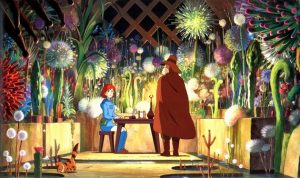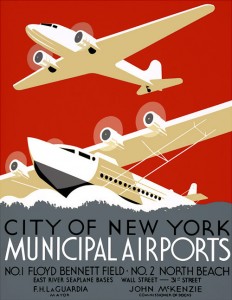In the year of 2005, the Citizen Jane Lecture Series was born at Stephens College, Columbia. The College hosted a Fem Film Women’s Symposium in 2006, bringing in industry experts such as award-winning director Jennie Livingston, and director and writer Tricia Brock. The event was such a success, city leaders suggested Stephens start its own female-focused film fest. Citizen Jane Film Festival is more than a film fest. It’s an artist’s retreat, a holistic experience designed to entertain, enlighten and energize audiences into action and encourage, engage and embolden filmmakers into continuing to ensure that women’s stories are told. The film fest screens narrative, documentary and short films, hosting panel discussions with the filmmakers.
By 2010, the industry had taken notice of this organically grown festival. That year, CJFF hosted groundbreaking producer Christine Vachon and screened the thought-provoking film “Night Catches Us.” The opening night film was Lena Dunham’s “Tiny Furniture,” a feature-length comedy/drama which she wrote, directed and starred in.
The diversity of guests has continued to increase, and in 2013, the CJ Summit attracted director, producer and screenwriter Yvonne Welbon and experimental filmmaker.
In 2014, CJFF goers welcomed such filmmakers as Leah Meyerhoff, who screened her powerful feature, “I Believe in Unicorns,” after in premiered at SXSW. Meyerhoff helped kick-start a Missouri chapter of the international female filmmaking collaborative group Film Fatales during her visit to Columbia.
Source:
http://citizenjanefilmfestival.org/about-us/





